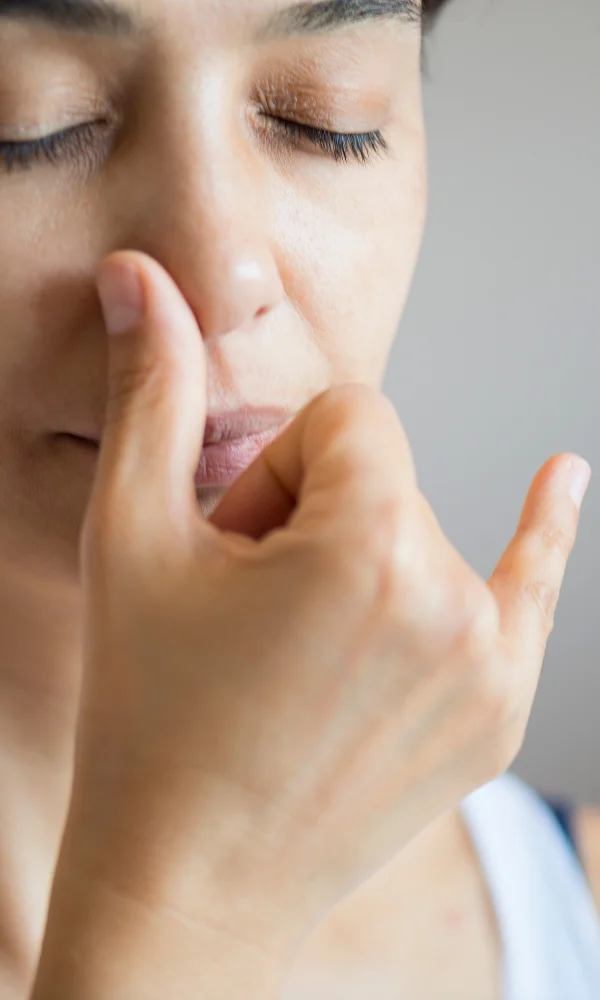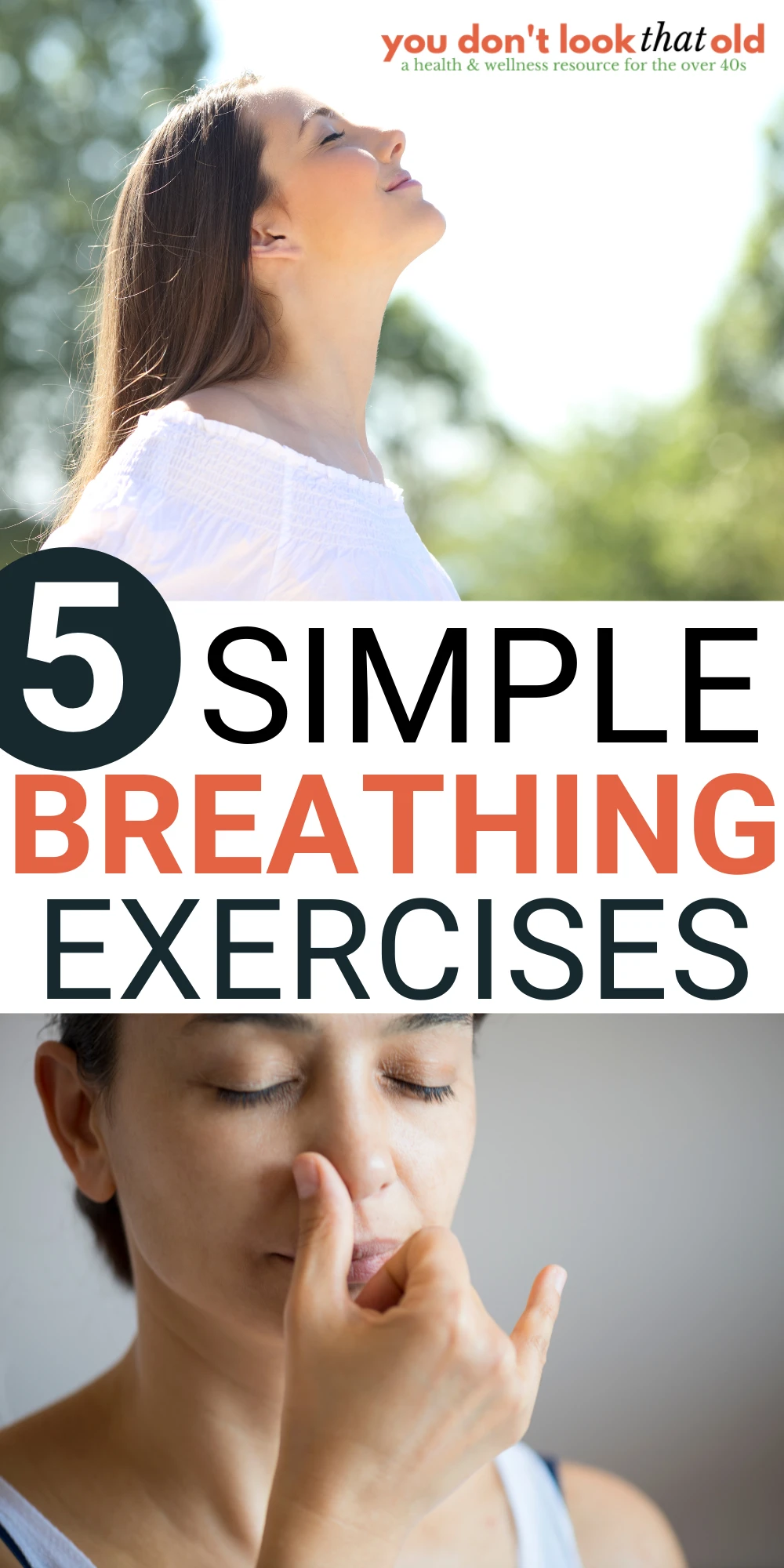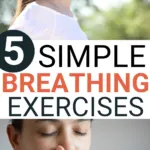Do you feel stressed and anxious often? If so, you’re not alone. Millions of people deal with stress and anxiety daily. Fortunately, some easy breathing techniques can help reduce the stress and anxiety you experience. Keep reading for five great ways to breathe your way to a less stressful life!
We all experience stress from time to time, whether from work, relationships, finances, or life transitions. Additionally, according to the National Institute of Mental Health, nearly 1/3 of adults will have an anxiety disorder at some point. While stress and anxiety are common life experiences, they significantly cost mental and physical health.

5 Easy Breathing Exercises To Reduce Stress and Anxiety
Chronic stress is linked to a higher risk of diabetes, obesity, hypertension, cardiovascular disease, and many other health conditions (via Mayo Clinic). Despite being so prevalent today, anxiety disorders are often nothing short of debilitating and affect nearly every area of life, from relationships to careers to self-esteem.
While you often can’t “remove” stress, per se, you can add techniques to manage it. Breathing exercises are a fast and straightforward way of doing this. You’ve probably heard “take a deep breath” at least a few times, but that’s only the tip of the iceberg.
Here are five simple techniques you can perform in just a few minutes. They require no special equipment or training, and their positive impacts on your mind and body have been backed by science.
#1 – Box Breathing
Sometimes called “square breathing,” this technique involves inhaling for 4 seconds, holding the breath for 4 seconds, exhaling for 4 seconds, and holding for 4 seconds. The “box” or “square” alludes to the equal lengths of time you perform each of the four parts.
This technique is so effective that it’s often used by professionals in jobs that involve acute stress, including elite military personnel (the Navy SEALs are the most well-known) to calm the body’s fight-or-flight response and improve focus.

#2 – 4-7-8 Breathing Method
Like box breathing, this exercise also involves counting your inhales (count to 4), holds (count to 7), and exhales (count to 8), although the ratio is different. The key to this exercise is the 1:2 ratio of inhale to exhale.
Longer exhales activate your parasympathetic nervous system, which is responsible for your body’s ability to rest and relax. After only four of these cycles, your heart rate will slow, and your blood pressure will lower. Do this twice a day, and you’ll reap the benefits of decreased stress and improved cardiovascular health.

#3 – Extended Inhales and Exhales
This technique involves breathing in until you notice your natural stopping point (where you would typically cease inhaling and switch to exhaling) and breathing in for 1-2 counts past that. Do the same when you exhale: breathe until you notice your stopping point, then push the remaining air from your lungs for 1-2 more seconds.
Many of us carry tension in our necks, shoulders, and backs due to stress, which can unknowingly constrict how deeply we breathe. This shallower breathing can inadvertently mimic stress and contribute to psychological anxiety. Breathing more deeply can reduce anxiety and muscle tension and strengthen your mind-body connection.

#4 – Alternate Nostril Breathing Technique
As the name suggests, for this exercise, you will switch between breathing out of one nostril and then the other. First, close your right nostril with your fingers and inhale through your left, then quickly close your left nostril and exhale through your right.
This time, you’ll inhale through your right nostril and then close it, exhaling through your left. Then inhale through your left, close it, and switch to your right. Repeat this cycle for 2 minutes or ten times as a quick but effective way to lower heart rate and improve cardiovascular function in times of stress.

#5 – Coherent Breathing Exercise
This technique involves breathing at a rate of five breaths per minute. An easy way to do this without timing yourself is to count to five as you inhale, then count to five as you exhale, and repeat five times. This is known to calm the autonomic nervous system and puts your heart rate and brain activity in an optimal balance for health.
These techniques might feel awkward initially, but with a bit of practice, you can reduce anxiety and/or stress in under a minute. These exercises also function as mindfulness strategies, allowing you to center yourself and focus in a world with endless distractions.
Remember: nothing is more valuable than your mental health, and you are worth the time and energy to keep yourself well.

